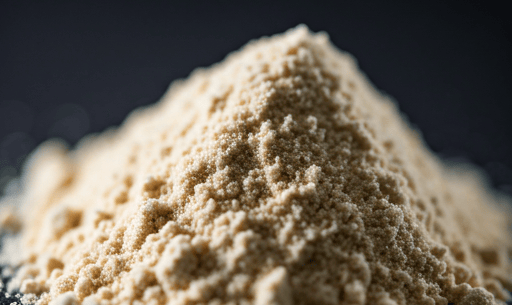Using Bacteria to Convert Acid Whey into Lactose
DAIRY & ALTERNATIVES SUSTAINABILITY


Acid whey (AW), a by-product of acid-coagulated dairy products like Greek yogurt, cottage cheese, and ricotta, poses significant environmental and economic challenges. With an annual surge in Greek yogurt production, driven by consumer health trends, the disposal of AW has become a pressing issue for dairy manufacturers. High biological oxygen demand (BOD) levels make conventional disposal costly and environmentally unsustainable. TU Denmark's patent application presents a solution in valorizing AW by transforming this industrial challenge into an economic opportunity.
Acid Whey Challenges and Current Limitations
AW is rich in lactose (~4%) but contains significant amounts of lactate (~0.8%) and smaller traces of galactose and proteins. The high lactate content makes spray drying—a key process for lactose powder production—highly inefficient. Lactate's thermoplastic and hygroscopic properties lead to sticking, clumping, and reduced shelf life of the resulting powders. Moreover, traditional methods like ultrafiltration, nanofiltration, and electrodialysis fail to provide efficient, cost-effective, and sustainable solutions for lactate removal.
TU Denmark's Solution: Use of Bacterial Cells
The patent introduces a novel approach using non-engineered, food-grade bacterial cells to metabolize lactate from AW, producing a de-acidified whey product suitable for spray drying. Key highlights include:
Bacterial Efficacy: The process utilizes strains such as Corynebacterium glutamicum, Bacillus coagulans, and others, with specific evolved variants showing faster lactate metabolism than their ancestral forms.
Lactate-Free Whey: The de-acidified whey achieves lactate concentrations as low as 0 mM, a significant improvement over conventional methods.
Spray Drying Ready: The process yields a stable, free-flowing whey powder with enhanced storage stability and reduced operational challenges.
Key Innovations in the Patent
1. Enhanced Bacterial Strains
The invention identifies bacterial cells with mutations in specific genes (e.g., sigM and whcA) that enhance lactate metabolism by up to 60% compared to wild-type strains. These strains also address the challenge of galactose-induced stickiness by metabolizing galactose alongside lactate.
2. Scalable and Sustainable Process
The method involves inoculating AW with optimized bacterial cultures under controlled conditions, followed by industrial-scale spray drying. The streamlined approach minimizes environmental impact and operational costs.
3. Versatile Applications
The resulting dried whey powder has diverse applications in food formulations, offering a high-value ingredient with improved quality and stability.
Industrial and Environmental Impacts
This solution aligns with global sustainability goals by addressing two critical pain points in the dairy industry: waste management and resource efficiency. Key benefits include:
Economic Gains: By transforming AW into a marketable product, dairy manufacturers can unlock additional revenue streams.
Environmental Benefits: The process reduces the environmental burden of AW disposal, lowering BOD levels and aligning with stricter environmental policies.
Technological Advancement: The patent offers a roadmap for integrating biological processes with industrial drying technologies, paving the way for future innovations in dairy by-product utilization.
By turning acid whey into a valuable resource, this invention sets a benchmark for sustainable practices and economic efficiency. As the global demand for dairy products grows, this innovation holds the potential to redefine the future of dairy waste management and by-product utilization.
